All about Chinese porcelain
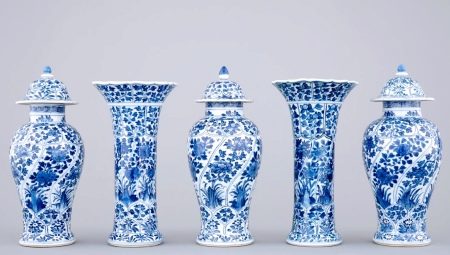
Chinese porcelain is one of the most popular materials from which a large number of tableware and other products are made. In this article, we will consider the history of porcelain and get acquainted with its main characteristics.
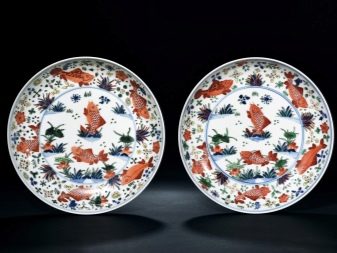
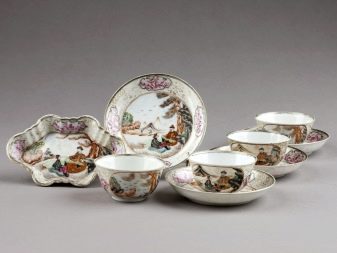
A bit of history
Chinese porcelain is a material that has a rather long, but at the same time, interesting history of origin and development. According to research data, the first mention of Chinese porcelain dates back to the second millennium BC. However, in its modern understanding, the material appeared much later, because it was gradually improved with the development of technology. In the VI-VII centuries AD, Chinese scientists began to engage in the production of high-quality porcelain, which had a large number of positive and valuable characteristics: it was completely white and very thin.
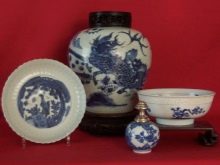
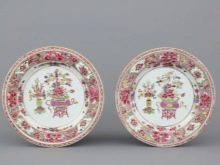

The main difficulties in its production were associated with the fact that it was rather difficult to find a suitable raw material.
The Chinese have tried to use jade, clay, wood and other materials, but none of these options worked. Over time, a suitable starting material was found. The progenitor of modern porcelain was made from an unusual rock, which was an alloy of mica and quartz. This material was mined in the territory of Jiangxi province. The first ancient workshops for the production of porcelain also appeared here.
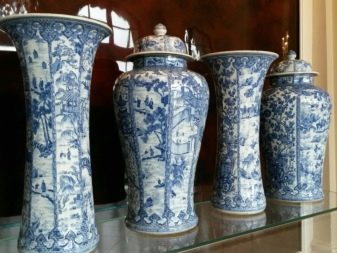

Interesting from a historical point of view is the discovery of ancient fragments of material during archaeological excavations.Thanks to an unusual find, scientists have concluded that the material was used during the Tang Dynasty.
After China established its trade relations with other countries, porcelain and its various varieties (for example, stucco porcelain) began to spread across the globe. The material quickly attracted the attention of the world community and won the love of many consumers.

Advantages and disadvantages
Chinese porcelain, like any other material found in nature, is not ideal. Of course, it has a lot of positive characteristics, thanks to which it has gained widespread acceptance and consumer love. But besides this, porcelain also has negative characteristics.
If we talk about the advantages of the material, then first of all it should be highlighted durability and reliability... The thing is that the initial raw material for the manufacture of porcelain is a mixture of clay, kaolin, quartz and feldspar. It is fired at a high temperature. As a result of such processes, a durable material is obtained that is able to withstand a whole list of negative external influences.
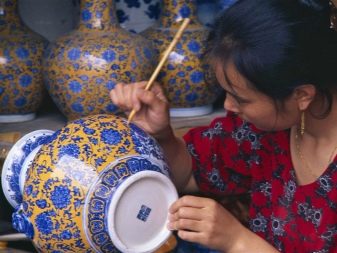

Another positive characteristic of the material is its environmental safety. Products can be safely used for any purpose.
Aesthetically pleasing appearance - this is the property due to which dishes made of this material are preferred by a large number of housewives.
However, in addition to the listed list of positive characteristics, the material from China has a number of disadvantages. Among the minuses, the most often distinguished high cost of products, because of which the representatives of the lower social strata cannot afford to buy porcelain dishes, as well as other interior items. Besides, the material is very sensitive to all kinds of mechanical stress and can break easily. Due to this characteristic, it requires additional care.
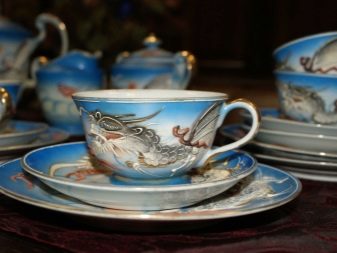
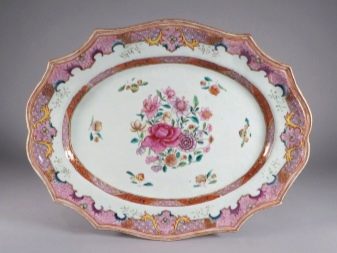
Varieties of products
As you know, porcelain is a fairly popular material from which a large number of products are made for a variety of purposes, for example, plates, dishes, vases etc. If you refer to the historical information, then it is important to know that the first objects that were made of this material were jugs... Their surface was carefully polished, and by themselves they had an elongated shape. In addition, porcelain was used to make vaz (or celadon, as they were called in the ancient world), which served as a decorative function.

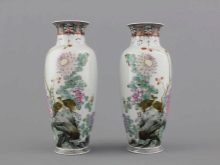
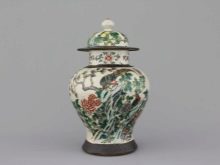
Such vessels could be of different colors, with green and blue tones being considered the most popular options.
Today, these things are considered not only household items, but also real works of art. Many collectors hunt for them, and they are also exhibited in many museums around the world.
During the reign of the Tang Dynasty, and then the Ming Dynasty, porcelain products began to receive wide distribution, which had various embossings on their surface: drawings and patterns. The production of vessels was delivered to the mass flow, which were painted using 3 colors... They were covered with glaze and painting. It was this kind of porcelain, which was produced on an industrial level, that first came to Europe.
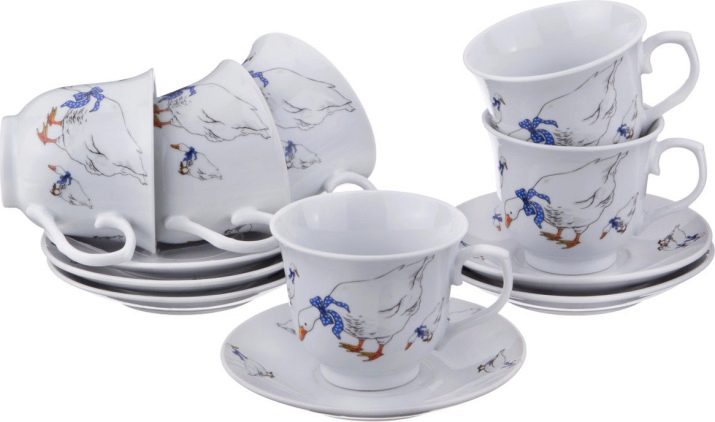
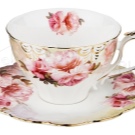
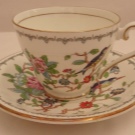



In addition to household utensils, jewelry was made from porcelain. Women would string colored pieces of porcelain onto chains and use jewelry such as beads and necklaces.
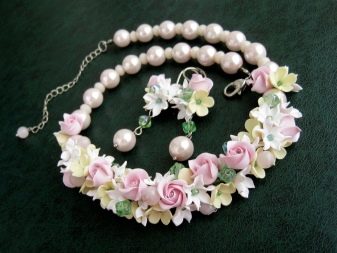

The most classic option for using porcelain, which is still popular today, is the manufacture of various dishes from this material. Currently, such production is developing on a fairly large scale. However, a similar phenomenon took place in ancient times. Thus, by order of the emperor in ancient China, more than 30,000 dishes, 16,000 plates and 18,000 mugs were produced per year.


Design options
Today, there are almost countless options for the design of porcelain products. Dishes made of this material can have a relief and stucco design, be monochromatic, painted with paints, etc.
If we talk about the embossed method of decoration, then it is important to note that such a design is applied to the walls of the dishes by means of engraving or perforation. Elements can be squeezed out directly onto the dishes, or they can be made separately and then glued to the main item. As for the application of painting (drawings, ornaments, patterns, etc.), there are 2 options for its implementation: under the glaze or on top of it.
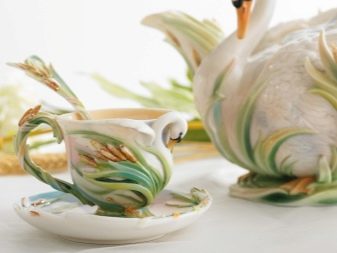
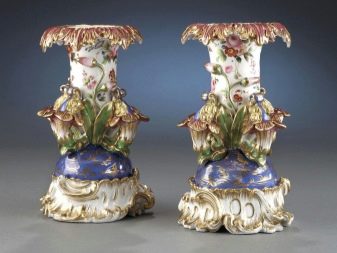
Traditionally, enamel paints are used for painting porcelain dishes.
In general, today on the market you can find porcelain dishes for every taste and color. Pure white sets, bronze or silver designs, and artistic stucco items are popular.
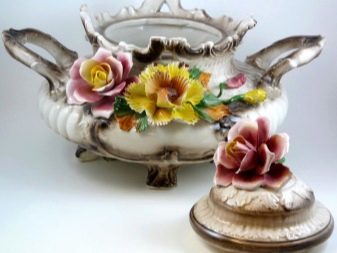
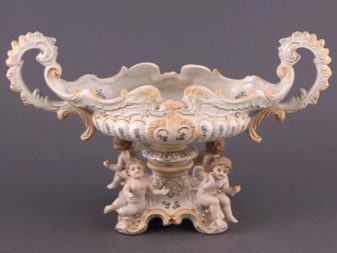
Manufacturers overview
Today, many companies around the world are engaged in the production of traditional Chinese porcelain. In addition to the brands of China, many European trade marks also own the secrets of the unique material. Among the most popular and popular companies that have proven themselves exclusively on the positive side, there are several.
- Hebei Grinding Wheel Factory... The Chinese brand is famous for its wide range and unsurpassed quality of the products offered. Under this trademark, not only dishes and tableware made of high-quality porcelain are produced, but also original decorative items for interior decoration (figurines, vases, candlesticks, etc.).

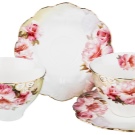
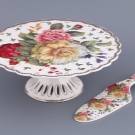

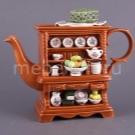
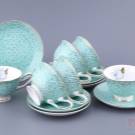
- Royal classics... Another popular brand from China. The brand's assortment line includes sets and individual tableware items, jugs, decanters and vases, candy bowls and fruit bowls, teapots and containers for spices, as well as souvenirs. All products are of impeccable quality and a wide range of colors. The design uses both traditional oriental motives and more modern decor elements.
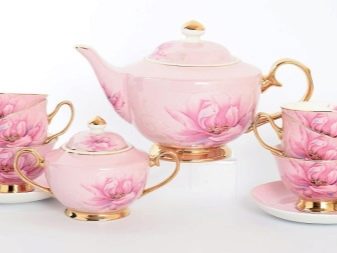
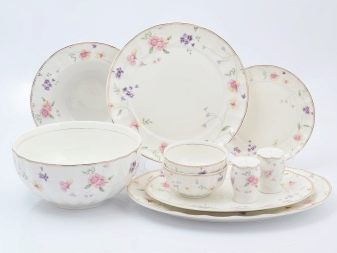
- Colombo... The most sophisticated connoisseurs of Chinese porcelain will surely like the products of this brand. Luxurious tea sets, sets of plates and salad bowls, serving dishes, candy bowls, dishes, napkin coasters and other products are made in light pastel colors. The Colombo trademark pays special attention to painting and decoration. Paints are applied to untreated dishes, and after firing the drawings and ornaments acquire their final intensity of shades and clarity of lines.
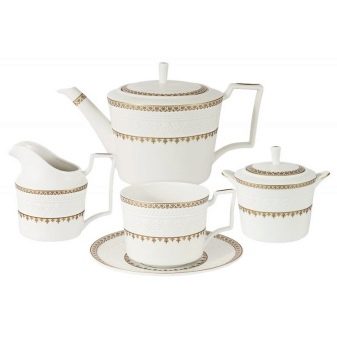

- Nuova R2S Is an Italian brand with manufacturing facilities in China. The main conceptual idea of the company is to release products in a single design solution. This allows you to easily decorate the interior with dishes, souvenir items and other decorative elements in the same style. For the production of its products, the company uses only the highest quality porcelain. The original gift wrapping of the brand's products deserves special mention.
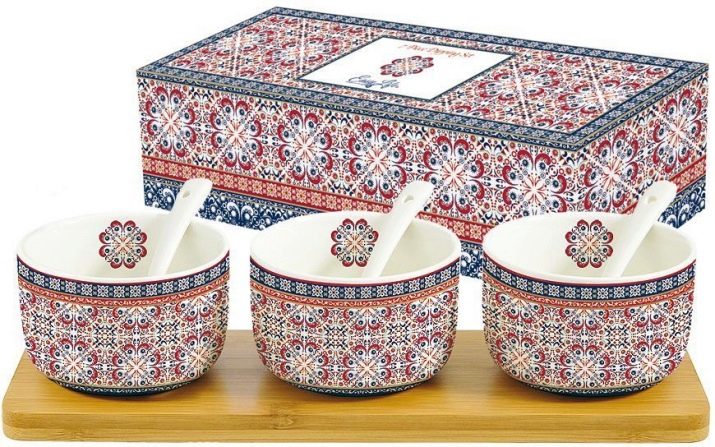
Customers leave the most enthusiastic reviews about the luxury tea pairs of this brand. They are made in light, delicate colors and decorated with delightful floral designs from the inside. Such a pair of tea will undoubtedly be a wonderful gift for any occasion.
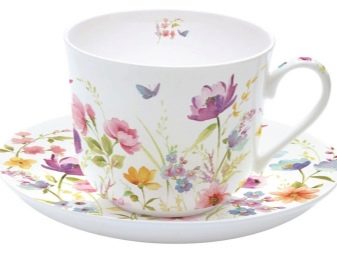

How to choose?
In order to choose real elite porcelain and not buy a fake, a few simple rules should be followed.
- Try tapping the edge of the china with a wooden object: you should hear a ringing and melodic sound.
- Pay close attention to the color of the porcelain. It can be pure white or milky. Any shades of gray indicate that the product is made from low-quality raw materials.
- In the light, porcelain should shine through, since the material itself is quite thin.
- The surface of high-quality porcelain must be smooth, without any irregularities. Chips, scratches and other imperfections are considered defective.
- Take a closer look at how the porcelain item stands on the surface: its bottom should fit quite tightly.
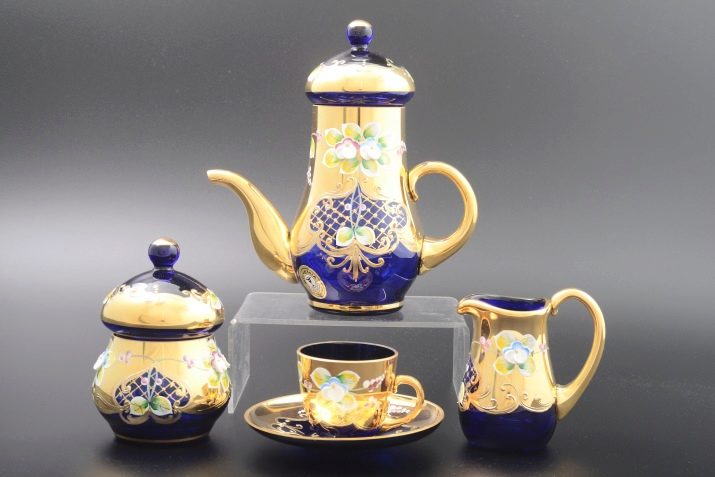

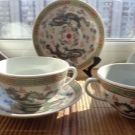
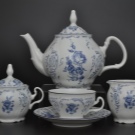

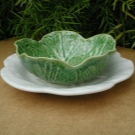
Care features
There are several rules for the operation of porcelain products, which help you maintain their appearance and extend their service life.
- When you wash your china, carefully monitor the temperature of the water. It should be warm, not hot.
- As a detergent only baby soap can be used. It is strictly forbidden to use any chemical compositions.
- After washing be sure to wipe the porcelain dry.
- Do not use a dishwasher for washing. Only the manual method will do.
- Store porcelain dishes in a dry place.
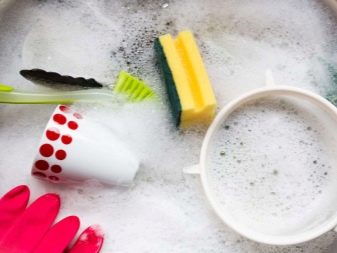
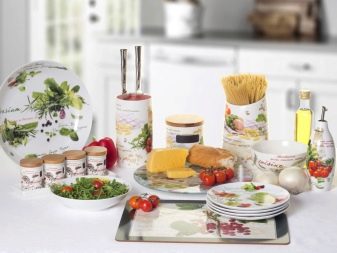
The following video will tell you even more about Chinese porcelain.








